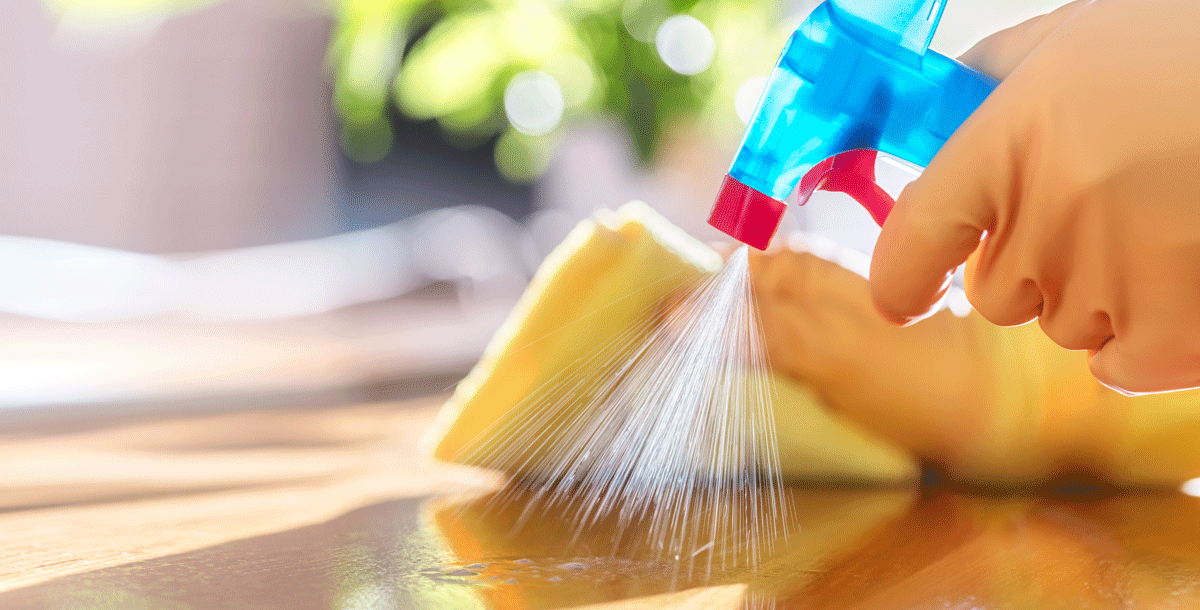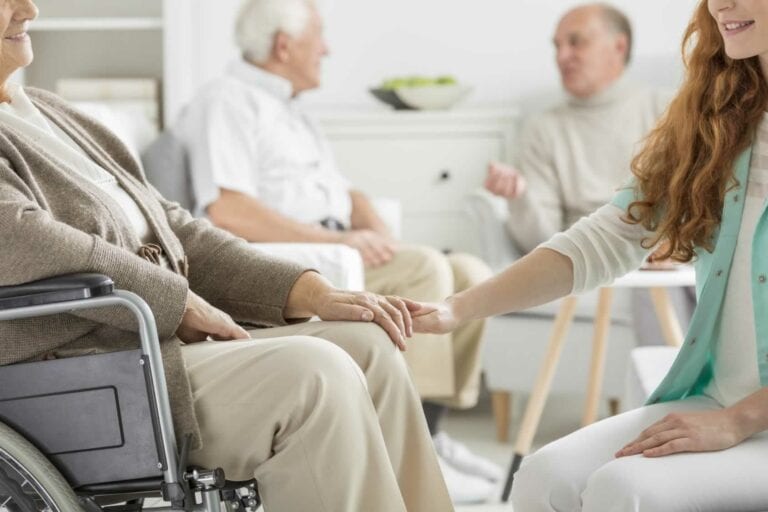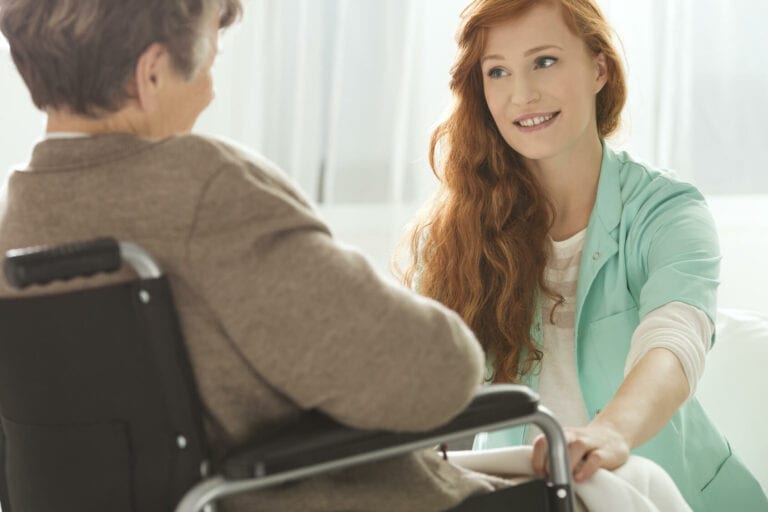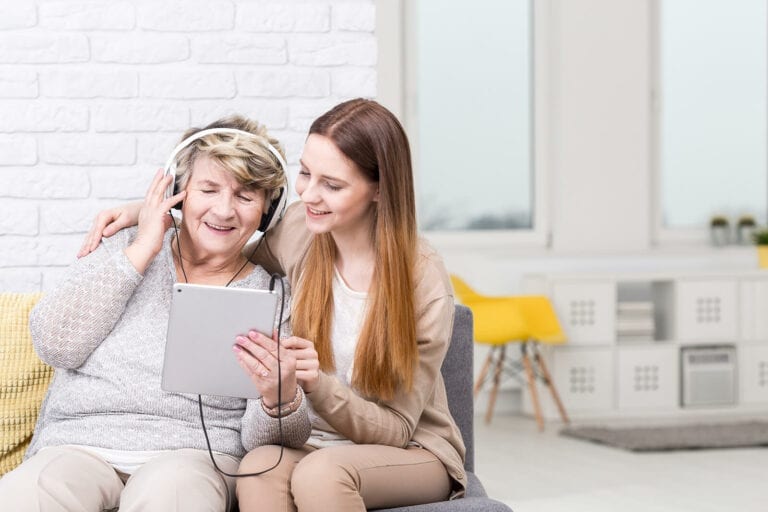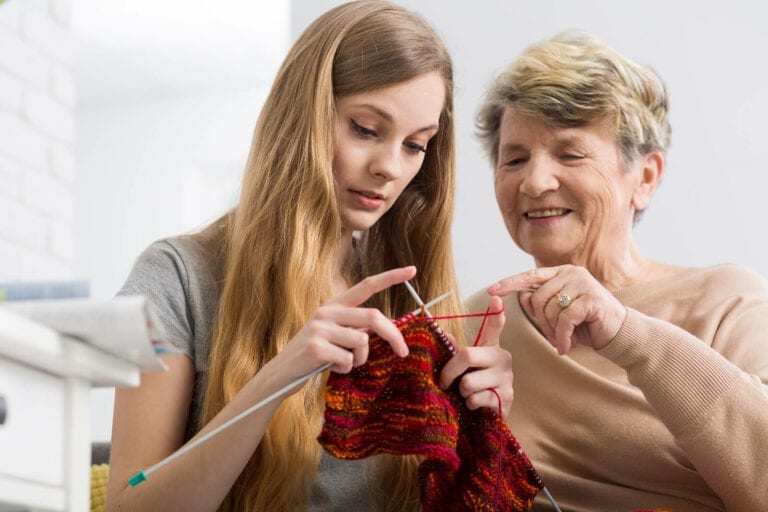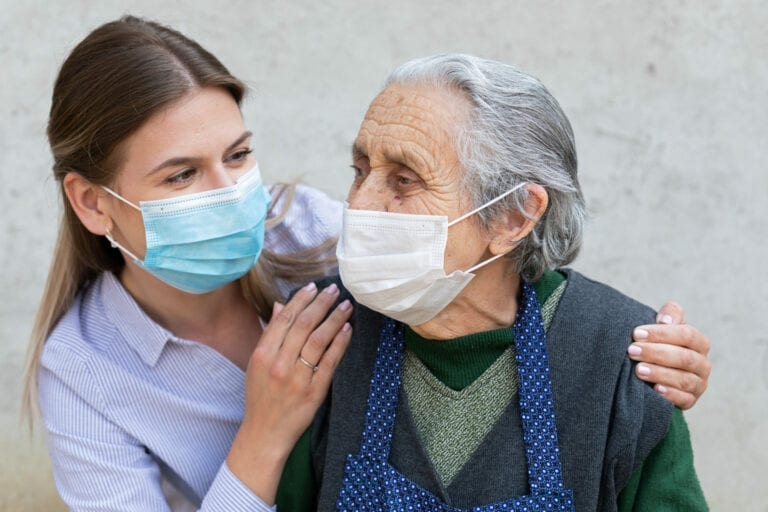
There is much to learn about the novel SARS-CoV-2 that causes coronavirus disease 2019 (COVID-19). Based on what is currently known about COVID-19. It spreads from person-to-person of this virus happens most frequently among close contacts (within about 6 feet). On the other hand, the transmission of COVID-19 to persons from surfaces contaminated with the virus has not been documented. Cleaning and disinfecting of visibly dirty surfaces is a best practice measure for the prevention of COVID-19.
General recommendations for routine cleaning and disinfection of households:
Caregivers can practice routine cleaning of the frequently touched surfaces. For example tables, doorknobs, light switches, handles, desks, toilets, faucets, sinks, and electronics (see below for special electronics cleaning and disinfection instructions) with household cleaners and EPA-registered disinfectants external icon that are appropriate for the surface, following label instructions. Labels contain instructions for safe and effective use of the cleaning product including precautions you should take when cleaning and disinfecting, such as wearing gloves and making sure you have good ventilation during the use of the product.
For electronics follow the manufacturer’s instructions for all cleaning and disinfection products. Consider the use of wipeable covers for electronics. If no manufacturer guidance is available. Then, consider the use of alcohol-based wipes or spray containing at least 70% alcohol to disinfect touch screens. Dry surfaces thoroughly to avoid the pooling of liquids.
General recommendations for cleaning and disinfecting of households with people isolated in home care:
- Household members should educate themselves about COVID-19 symptoms and preventing the spread of COVID-19 in homes.
- Clean and disinfect high-touch surfaces daily in household common areas. (For Example, tables, hard-backed chairs, doorknobs, light switches, phones, tablets, touch screens, remote controls, keyboards, handles, desks, toilets, sinks)
- In the bedroom/bathroom dedicated to an ill person. Consider reducing cleaning frequency to as-needed (e.g., soiled items and surfaces) to avoid unnecessary contact with the ill person.
- As much as possible, an ill person should stay in a specific room. And, away from other people in their home, following home care guidance.
- The caregiver can provide personal cleaning supplies for an ill person’s room and bathroom unless the room is occupied by a child or another person for whom such supplies would not be appropriate. These supplies include tissues, paper towels, cleaners, and EPA-registered disinfectants (see examples external icon).
- If a separate bathroom is not available. The bathroom should be clean and disinfect after each use by an ill person. If this is not possible, the caregiver should wait as long as practical after use by an ill person to clean and disinfect the high-touch surfaces.
- Household members should follow home care guidance when interacting with persons with suspected/confirmed COVID-19 and their isolation rooms/bathrooms.
Cleaning and disinfecting of:
Hard (Non-porous) Surfaces
- Wear disposable gloves when cleaning and disinfecting surfaces. Discard the gloves after each cleaning. If you are using the reusable gloves. Then, those gloves should be dedicated to cleaning and disinfection of surfaces for COVID-19. And Keep in mind those should not be used for other purposes. Consult the manufacturer’s instructions for cleaning and disinfection products used. Clean hands immediately after the removal of gloves.
- If surfaces are dirty, they should clean them by using a detergent or soap and water prior to disinfection.
- For disinfection, most common EPA-registered household disinfectants should be effective.
- A list of products that are approve by EPA for use against the virus that causes COVID-19 is available hereexternal icon. Follow manufacturer’s instructions for all cleaning and disinfection products for (concentration, application method and contact time, etc.)
Soft (Porous) Surfaces
For soft (porous) surfaces such as carpeted floor, rugs, and drapes. Remove visible contamination if present and cleaning with appropriate cleaners indicated for use on these surfaces. After cleaning: Launder items as appropriate in accordance with the manufacturer’s instructions. If possible, launder items using the warmest appropriate water setting for the items and dry items completely.
Otherwise, use products that have the approval of EPA for use against the virus that causes COVID-19external icon and that is suitable for porous surfaces.
Routine cleaning and disinfecting are an important part of reducing the risk of exposure to COVID-19. The normal routine of cleaning and disinfecting home with soap and water alone can reduce the risk of exposure. Because it is a necessary step before you disinfect dirty surfaces.

